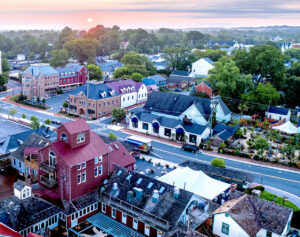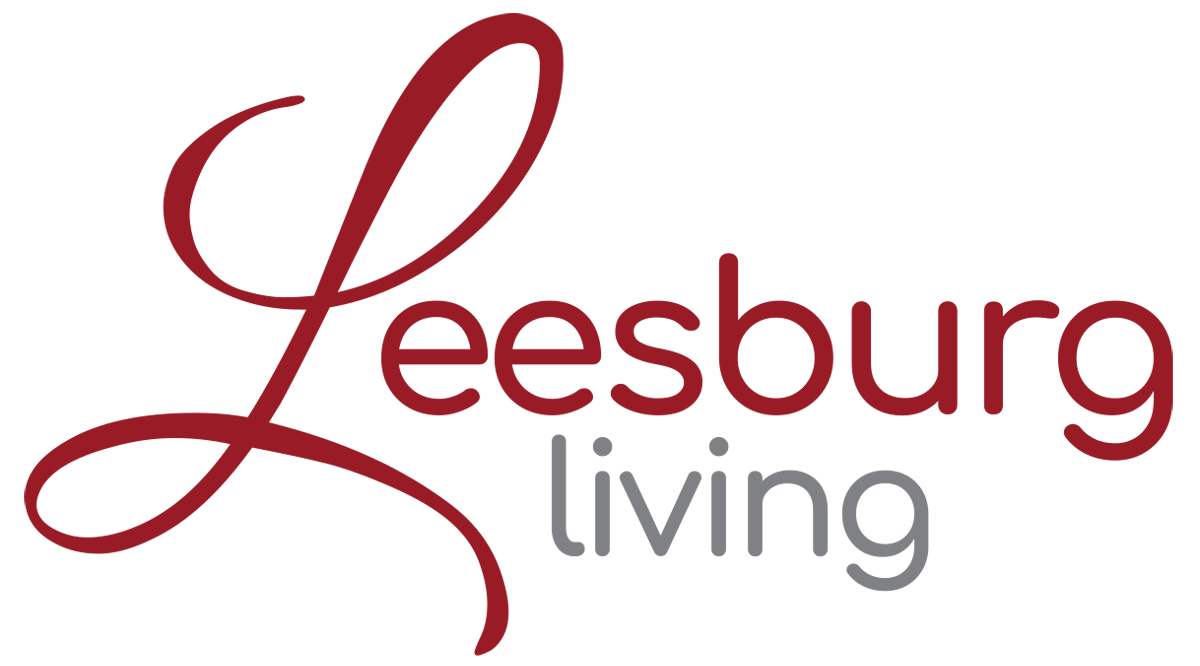 Leesburg’s FY2025 Annual Report paints a picture of growth, stability, and local pride. On its face, the $157.1 million town budget reflects a community with momentum: we’re building new parks, renovating the police station, upgrading utilities, and investing in high-tech tools like website chatbots and AI-enabled customer service.
Leesburg’s FY2025 Annual Report paints a picture of growth, stability, and local pride. On its face, the $157.1 million town budget reflects a community with momentum: we’re building new parks, renovating the police station, upgrading utilities, and investing in high-tech tools like website chatbots and AI-enabled customer service.
But beneath the glossy awards and ribbon cuttings, it’s worth asking: are we putting our money where the community’s greatest needs are?
What’s Working
To start with, Leesburg is taking several steps that clearly reflect resident priorities.
-
Public Safety: The continued renovation and expansion of the police headquarters — now in its final phases — is a smart and necessary investment. Law enforcement’s increased attention to retail theft and officer wellness shows a holistic approach to community safety.
-
Parks and Open Space: The long-awaited Veterans Park at Balls Bluff — the first town park with Potomac River access — is finally moving forward. Add to that Mervin Jackson Park’s revitalization and the thoughtful use of public art, and it’s clear the Town understands how much residents value outdoor gathering spaces.
-
Infrastructure and Environment: From modernizing the water pollution control plant to launching a food waste composting program, the Town is serious about long-term sustainability. The EPA compliance effort to identify old lead pipes is an unglamorous but essential project.
Where the Budget Falls Short
Still, there are a few disconnects between the budget and the actual day-to-day challenges facing Leesburg residents — especially those being squeezed by rising costs and uneven development.
1. Housing Affordability Isn’t on the Radar
Leesburg continues to greenlight data centers and luxury hotels downtown — developments that bring in revenue, yes, but do little to address the growing affordability gap for working families and seniors. There is no mention in this year’s report of investments in affordable housing or workforce housing initiatives. With housing prices and property taxes climbing steadily, this silence speaks volumes.
2. Transportation Equity Needs More than Sidewalks
Yes, sidewalks are being added to roads like Morven Park and Plaza Street, and there’s a pedestrian crossing coming to Lawson Road. But this piecemeal approach doesn’t solve the deeper challenge of getting around town without a car. There’s no update on public transit expansion, no mention of protected bike lanes, and nothing addressing the traffic congestion that continues to choke key arteries like Battlefield Parkway and East Market.
3. Youth Services Remain a Quiet Afterthought
While the Ida Lee Recreation Center continues to win awards — and deserves credit for its excellent swimming instruction — there’s little in the report that focuses on expanded programs for teens or underserved youth. Are we investing in afterschool programs? Are we addressing gaps in access to sports, arts, or STEM for lower-income families? The budget doesn’t tell us.
4. Economic Growth That Skews Corporate
Leesburg’s annexation of the remaining Compass Creek land, including a 323-acre Microsoft data center campus, is celebrated as a $9 million tax win. But while corporate revenue grows, there’s little discussion of how that translates into direct support for locally owned businesses. Programs that promote small business resilience — particularly those hit hard by inflation and shifting consumer habits — are notably absent from this year’s spending priorities.
Budget Gains, But Not for Everyone
The General Fund increased 5.4% from FY25, yet this year’s budget maintains the real property tax rate while still causing an average $70/year increase in tax bills for homeowners. It’s not a backbreaker, but for seniors on fixed incomes or working families already strained by childcare and transportation costs, it adds up. The elimination of the $25 vehicle license fee and property taxes for the elderly and disabled is a step in the right direction — but it doesn’t fully offset the broader affordability concerns we’re hearing on the ground.
Bottom Line
Leesburg’s budget for FY25 shows careful planning and responsible management — and that’s worth recognizing. But it also reflects a town at a crossroads: one that’s excelling at legacy infrastructure, business attraction, and beautification — yet still struggles to confront some of the less photogenic challenges around housing, mobility, and youth investment.
We have the resources. The question now is whether we have the political will to balance our growth with the community values that make Leesburg feel like home.



